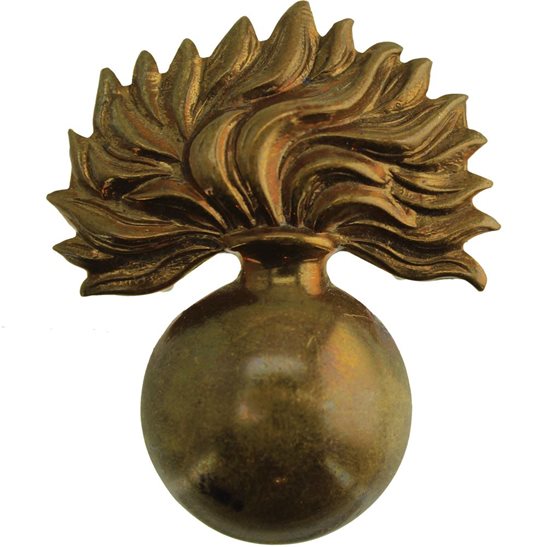Personal Details
Born: In 1877 in Barnstaple, Devon and baptised 4 November 1877 in Georgeham Parish Church, Devon.
Family: He was the fifth of eight children born to Edward Ellis Dawson, a policemen, and his wife Elizabeth. He married Frances Mary Berry on 3 September 1902 in Newton Abbott, Devon and together they had two children – Allen and Edmund.
Residence: In 1881 he was living at the County Constabulary Cottage, King’s Nympton, South Molton, Devon; by 1891 the family had moved to the Police Station, Fore Street, Plymton Maurice, Plympton St Mary, Devon. By 1901 they were living at 22 Neswick Street, Plymouth, Devon. Having married, in 1911 he was living with his wife and children at Keepers Cottage, Corra Common, Calverhall, Whitchurch, Shropshire, where they continued to live until at least 1939.
Employment: In 1901 he was a grocer shop assistant; in 1911 he was a gamekeeper, an occupation he continued until at least 1939.
Died: Not known
Military Details
Regiment: Grenadier Guards
Rank: Private
Service Number: 23402
Date of Enlistment: 1 March 1915
Date of Discharge: 31 March 1920
Reason for Discharge: Demobilisation
John was awarded the Campaign Medals (Victory and British War Medals) and the Military Medal

The British War Medal (also known as 'Squeak') was a silver or bronze medal awarded to officers and men of the British and Imperial Forces who either entered a theatre of war or entered service overseas between 5th August 1914 and 11th November 1918 inclusive. This was later extended to services in Russia, Siberia and some other areas in 1919 and 1920. Approximately 6.5 million British War Medals were issued. Approximately 6.4 million of these were the silver versions of this medal. Around 110,000 of a bronze version were issued mainly to Chinese, Maltese and Indian Labour Corps. The front (obv or obverse) of the medal depicts the head of George V. The recipient's service number, rank, name and unit was impressed on the rim.
The Allied Victory Medal (also known as 'Wilfred') was issued by each of the allies. It was decided that each of the allies should each issue their own bronze victory medal with a similar design, similar equivalent wording and identical ribbon. The British medal was designed by W. McMillan. The front depicts a winged classical figure representing victory. Approximately 5.7 million victory medals were issued. Interestingly, eligibility for this medal was more restrictive and not everyone who received the British War Medal ('Squeak') also received the Victory Medal ('Wilfred'). However, in general, all recipients of 'Wilfred' also received 'Squeak' and all recipients of The 1914 Star or The 1914/1915 Star (also known as 'Pip') also received both 'Squeak' and 'Wilfred'. The recipient's service number, rank, name and unit was impressed on the rim.

